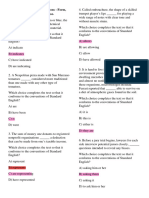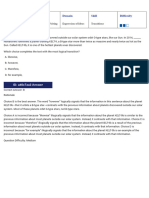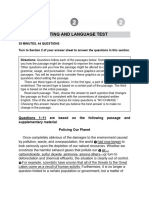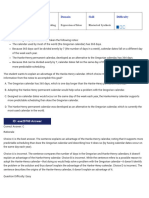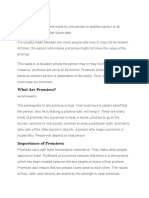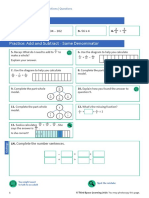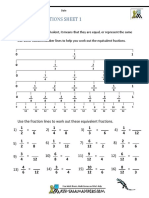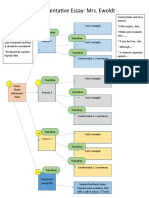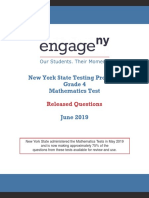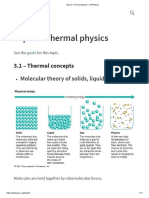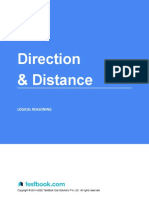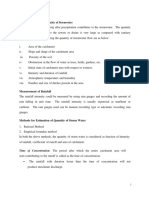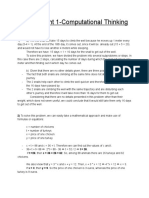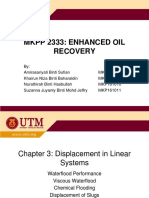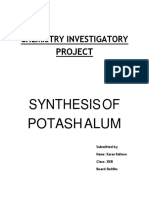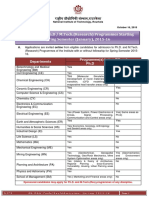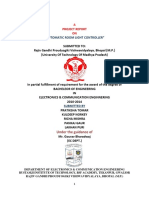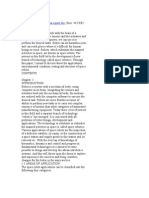0% found this document useful (0 votes)
749 views15 pagesCross-Text Connections (Level 2) Answer Key
SAT English practice
Uploaded by
Hmt TCopyright
© © All Rights Reserved
We take content rights seriously. If you suspect this is your content, claim it here.
Available Formats
Download as PDF, TXT or read online on Scribd
0% found this document useful (0 votes)
749 views15 pagesCross-Text Connections (Level 2) Answer Key
SAT English practice
Uploaded by
Hmt TCopyright
© © All Rights Reserved
We take content rights seriously. If you suspect this is your content, claim it here.
Available Formats
Download as PDF, TXT or read online on Scribd
/ 15






